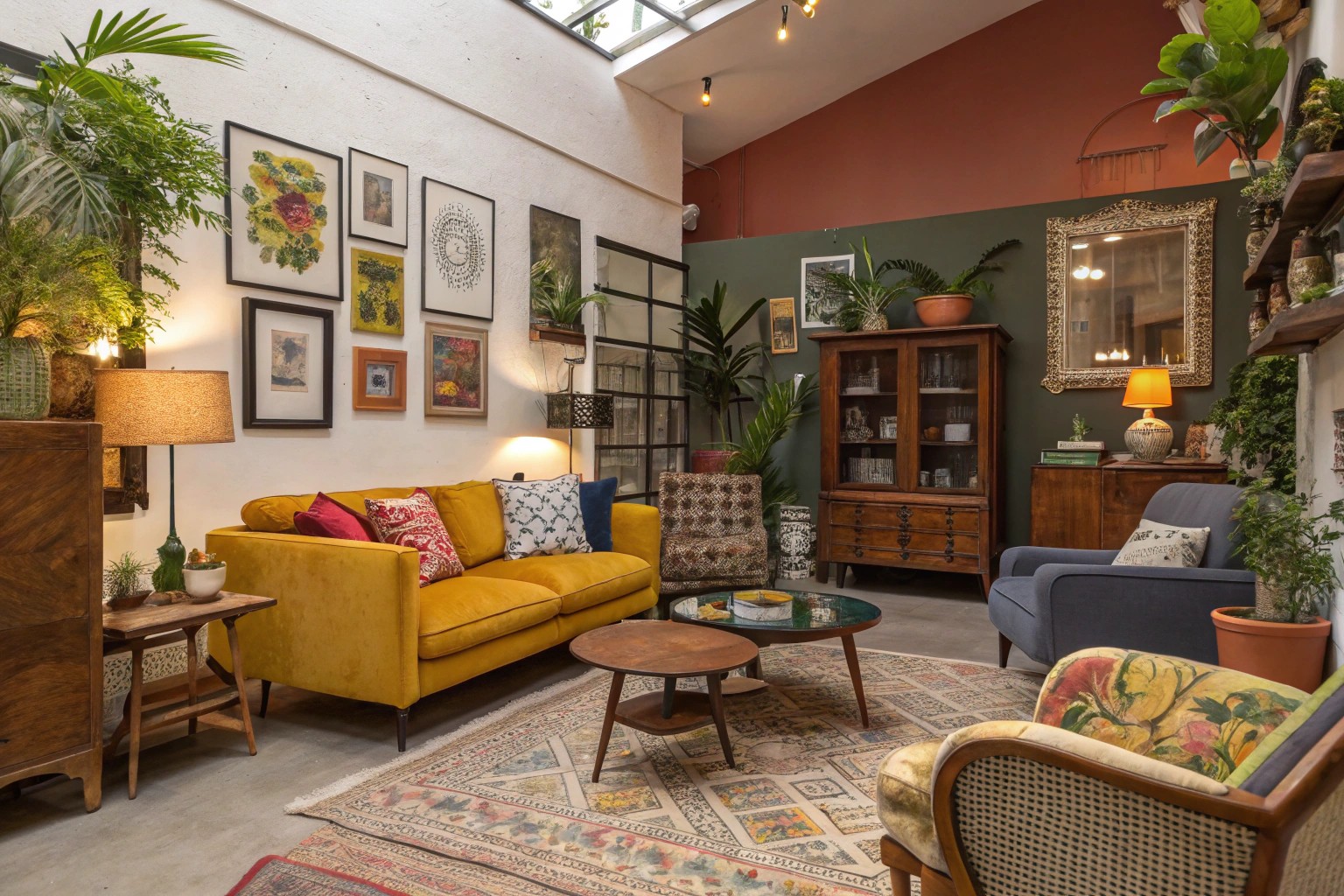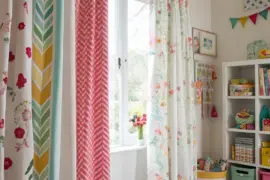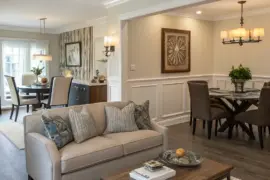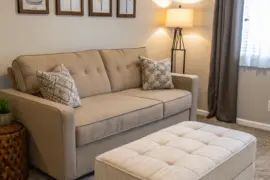Mismatched furniture, when done deliberately, creates spaces that feel collected, personal, and alive with stories. The key is intention—making diverse pieces look purposeful rather than accidental. Years of designing eclectic spaces reveal a genuine magic in the perfectly imperfect look.
Why Mismatched Furniture Is Trending
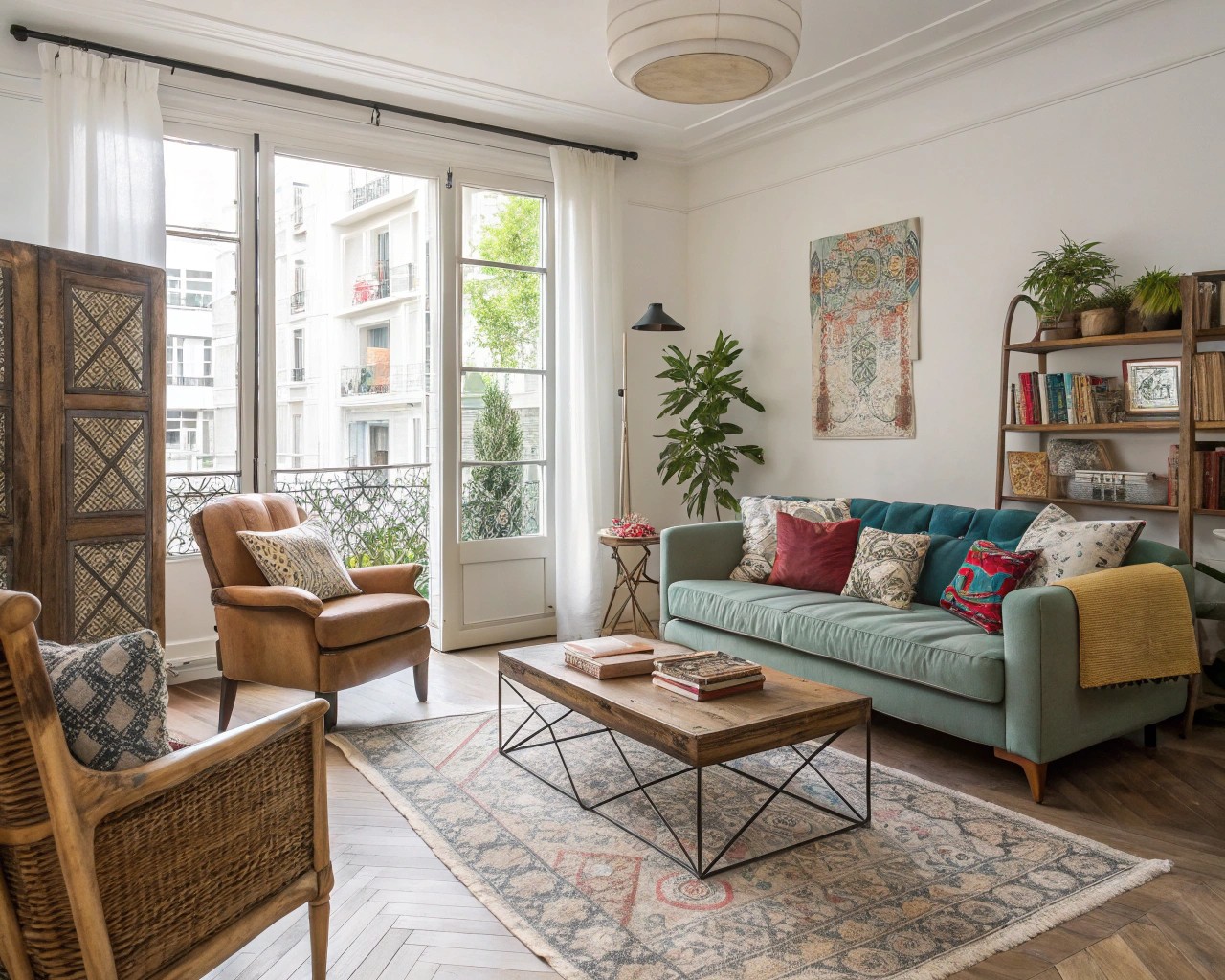
The trend away from matching furniture sets has been growing steadily since the early 2020s. As of 2022, perfectly matched furniture sets have officially fallen out of favor. This shift represents more than just aesthetics—it’s about creating spaces that feel authentic and curated.
We’re moving toward quality over quantity, with a focus on pieces chosen for their intrinsic beauty rather than how well they match a set. This approach creates homes that feel collected over time, reflecting your unique journey and tastes.
Core Principles for Successful Mismatching
1. Balance Contrasting Elements
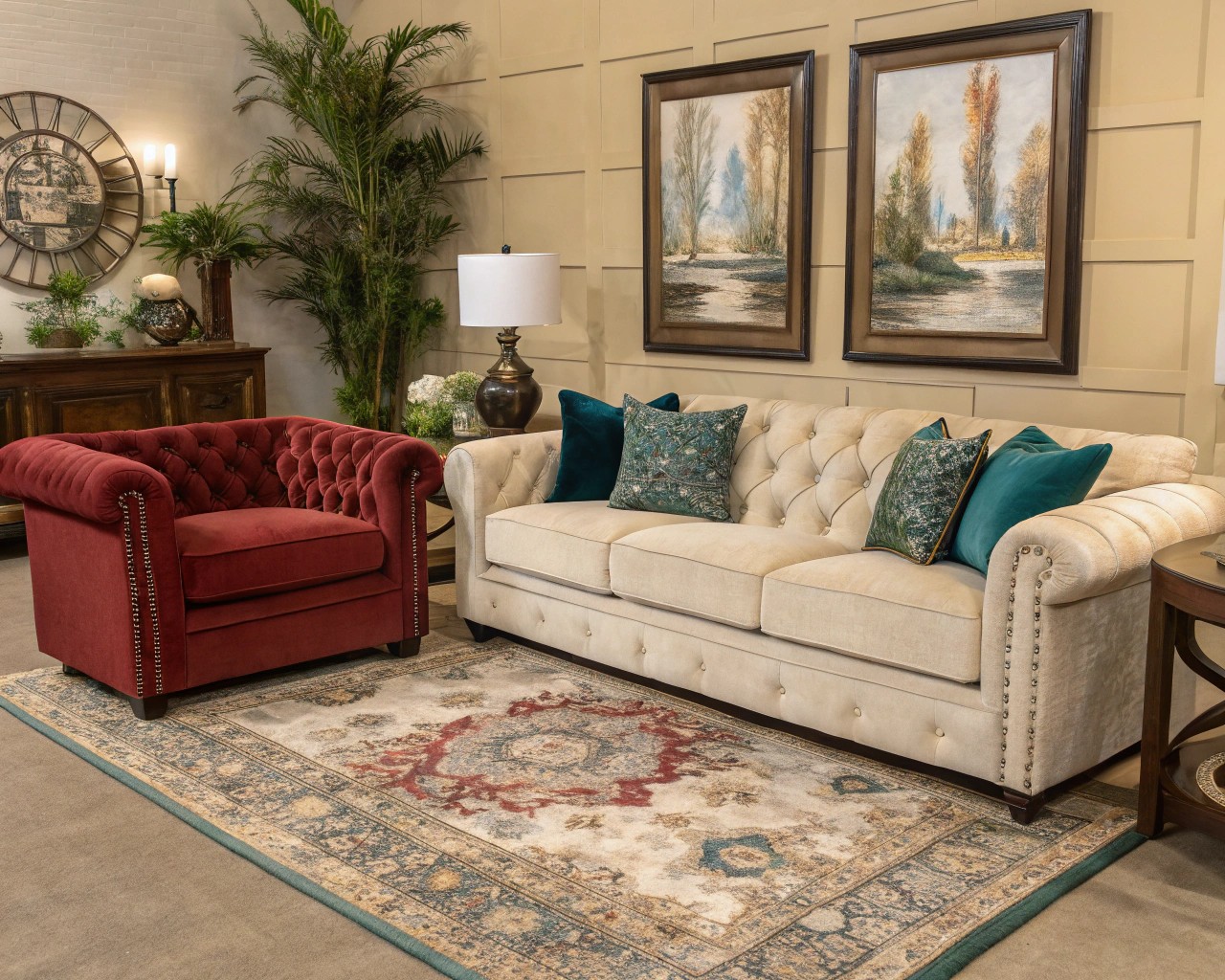
Balancing contrasting elements stands out as one of the most effective techniques. This creates tension and interest while maintaining harmony.
The “legs or no legs” principle works wonders in seating arrangements. Try pairing a sleek, leggy sofa in dark blue velvet with a cozy, slipcovered couch in tan canvas for a dynamic yet cohesive look. This principle creates visual balance that feels intentional rather than haphazard.
Balance can work through various contrasts:
- Heavy and light visual weight
- Antique and contemporary pieces
- Ornate and minimalist designs
- Textured and smooth surfaces
2. Unify Through Color

Color is perhaps the most powerful tool for tying diverse furniture together. When working with clients who have completely disparate collections, I often establish a consistent color story first.
You can approach color cohesion in several ways:
- Choose a neutral base with coordinated accent colors
- Select a signature color that repeats throughout the space
- Paint walls, trim, and ceiling in a single color to make different furniture pieces feel unified
- Use accessories to echo your color palette throughout the room
A cohesive color palette can tie the room together regardless of furniture styles. Even the most eclectic furniture collection appears intentional when united by color.
3. Mix Textures Deliberately
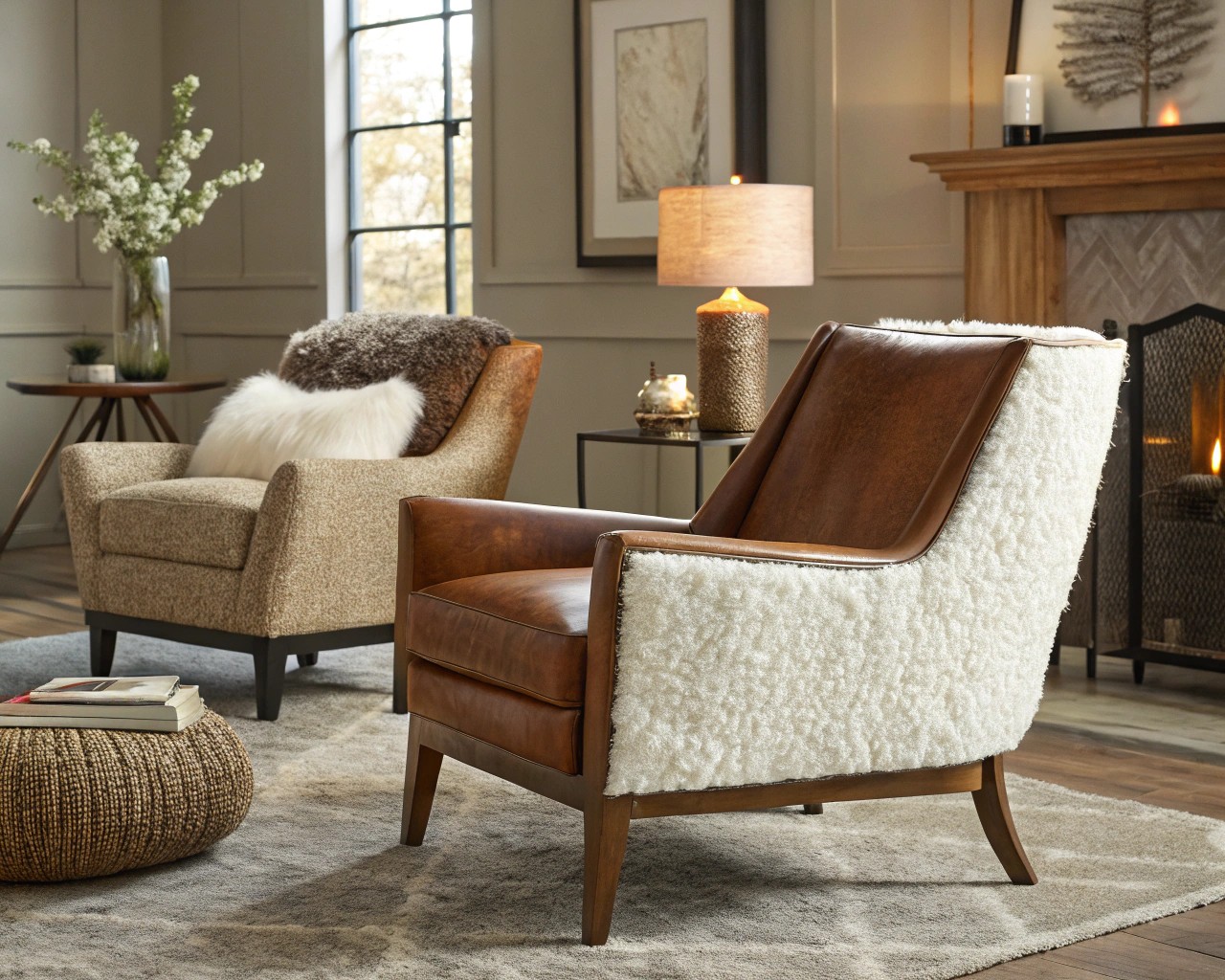
Experimenting with various fabrics adds depth and interest to a space. A recent living room design, for example, paired leggy leather chairs with plush, legless bouclé chairs to create a balanced setup that felt deliberately curated rather than randomly assembled.
Effective Texture Combinations:
| Primary Texture | Complementary Texture | Effect |
|---|---|---|
| Leather | Bouclé or Velvet | Balances smooth with plush |
| Wood | Metal | Creates natural/industrial tension |
| Glass | Woven materials | Contrasts hard/soft elements |
| Marble | Linen | Mixes luxury with casual comfort |
The key is ensuring that no single texture dominates—aim for harmony through contrast.
4. Start with a Statement Piece
Every successfully mismatched room needs a cornerstone. Choose a piece you love—perhaps a modern Italian leather sofa or an antique wooden table—and let it set the direction for your mix.
Design practice often involves beginning by identifying this anchor, then building the mismatched collection around it. This provides a foundation that helps other pieces make sense together.
Room-Specific Strategies
Living Room Mismatching
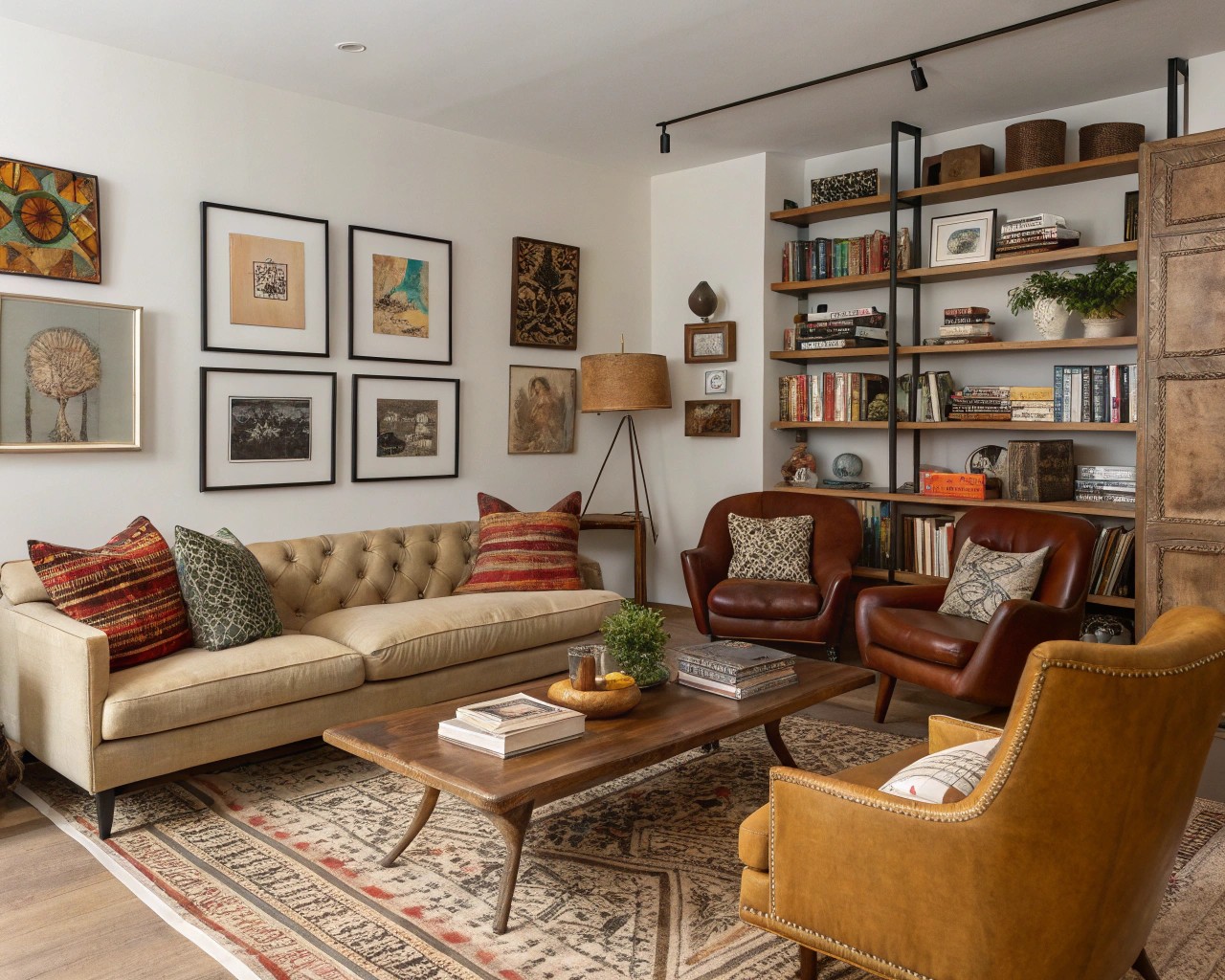
The living room often contains the most furniture and presents the greatest opportunity for creative mismatching.
When mixing living room pieces, balance is crucial. For example, a large, modern sectional can be beautifully complemented by a delicate, traditional coffee table. This contrast in scale and style creates visual interest while maintaining harmony.
Tips for mixing living room furniture:
1. Vary the height and visual weight of pieces
2. Group furniture around a focal point like a fireplace or statement rug
3. Maintain consistent spacing between pieces
4. Use accent pillows to tie different upholstered pieces together
5. Consider the atmosphere you want to create and let it guide your choices
Dining Room Combinations
Dining rooms offer a unique opportunity for mismatched furniture, particularly with seating options.
You can approach dining chair mismatching in several ways:
1. Use identical chairs painted in different (but coordinating) colors
2. Group chairs from the same design period (all mid-century or all industrial)
3. Use distinctive “host chairs” at the heads of the table with matching side chairs
4. Combine a bench on one side with chairs on the other
When I redesigned my own dining room, I transformed a mismatched mess into a cohesive space by using a unifying paint color that tied everything together. The dark, sophisticated Graphite from Annie Sloan created a moody backdrop that made the eclectic furniture feel intentional.
Bedroom Eclecticism
Bedrooms benefit greatly from thoughtful mismatching, creating spaces that feel collected rather than purchased as a set.
For nightstands, consider:
- Different heights (within 2-3 inches of each other)
- Different designs but similar scale
- Complementary rather than matching materials
- Unifying them with identical lamps or accessories
Case Studies: From Mismatched to Marvelous
Case Study 1: The Modern-Vintage Fusion
Client Challenge: A couple with inherited antiques but contemporary taste.
Solution: We employed the 80/20 rule—keeping about 80% of the furniture contemporary while featuring 20% vintage pieces as accents. The antique secretary desk became a focal point in an otherwise modern living room. We painted the walls in a single color that complemented both the modern sofa and the antique wood tones.
Result: A space that honored family history while maintaining a fresh, current aesthetic.
Case Study 2: The Textural Sanctuary
Client Challenge: Creating warmth in a minimalist space without adding bold colors.
Solution: We focused on texture, introducing various fabrics and materials while keeping the color palette strictly neutral. The living room featured a sleek leather sofa, bouclé armchairs, a raw wood coffee table, and brushed brass accents. Despite their differences, the pieces created a consistent atmosphere of tactile comfort.
Key Elements:
- Repeated wood tones across different furniture styles
- Varied textures within a consistent color palette
- Light fixtures that echoed materials used in furniture
- A neutral rug that incorporated subtle patterns referencing all furniture colors
Case Study 3: The Collected Dining Space
Client Challenge: A dining room with mismatched pieces that looked unintentional.
Solution: We established a cohesive color palette, allowing the different wood tones and finishes to complement rather than compete with each other. A large area rug anchored the space and tied all elements together. Accessories—table linens, centerpieces, and wall art—echoed colors from both the furniture and the rug.
Before and After Transformation:
| Element | Before | After | Unifying Strategy |
|---|---|---|---|
| Table | Dark wood, formal | Same table | Styled with casual linens |
| Chairs | Mismatched, random | Mismatched, deliberate | Grouped by similar height and scale |
| Sideboard | Out of place | Integrated | Accessories that connected to other pieces |
| Lighting | Standard chandelier | Statement pendant | Introduced finishing material seen in chairs |
Common Mistakes to Avoid
Experience reveals several recurring pitfalls when designing with mismatched furniture:
- Lacking a binding element – Homes with mismatched furniture need at least one unifying design element
- Ignoring the mood – Decide on an atmosphere (colorful, moody, bright, luxurious) to guide your choices
- Forgetting about balance – Visual distribution should feel intentional, not chaotic
- Too many competing pieces – Not every item can be a statement piece
- Neglecting scale and proportion – Pay attention to how pieces relate to each other in size
Practical Applications: Getting Started
If you’re ready to embrace the mismatched furniture trend:
- Assess your existing pieces – Identify what you love and what functions well
- Establish a color strategy – Decide if you’ll unify through color or create intentional contrast
- Find your anchor – Choose one significant item to build around
- Repeat elements – Echo a chosen color, finish, material, or pattern 2-3 times in your space
- Add accessories – Use rugs, cushions, and artwork that reflect your color palette or theme

